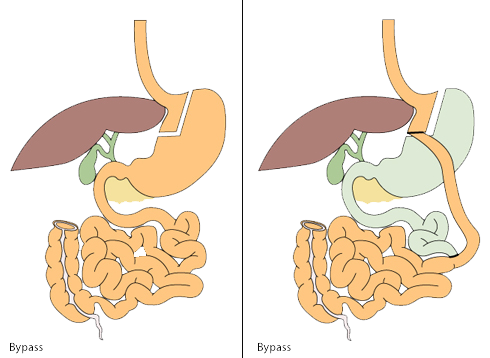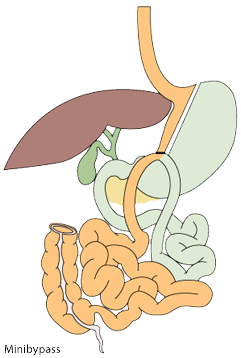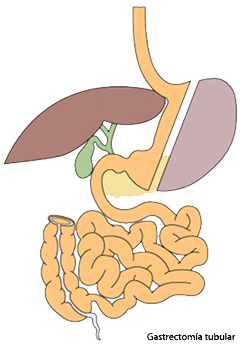Colorectal cancer is the cancer that begins in the colon or rectum. It is the fourth cancer in order of frequency in men after those of the skin, the prostate or the lungs. It also occupies the same position in order of frequency in women, after those of the skin, the breast and the lungs.
Cancer risk increases with age, being 0.87% at 50 years and 5.8% at 80 years.
Like other cancers of the digestive tract, it spreads via lymphatic or blood vessels or by contiguity to neighboring organs such as the bladder, the abdominal wall or the vagina, among others.
Regarding the symptoms, in the early stages, colorectal cancer is asymptomatic and if it is discovered at this stage, it is found by chance in a colonoscopy performed for another pathology study or as screening for colorectal cancer by age or family history.
In more advanced stages, chronic anemia, weakness or weight loss symptoms appear. In cancers located in the left colon, obstruction symptoms are more frequent with alteration of the intestinal habit and sometimes rectorrhages (outflow of red blood with or without stool).
Those located in the rectum give an incomplete feeling of evacuation, red blood and / or mucus in the stool.
The treatment of rectal cancer happens with chemoradiotherapy before the intervention if it is demonstrated that the tumor extends beyond the wall of the rectum or the presence of affected lymph nodes.



